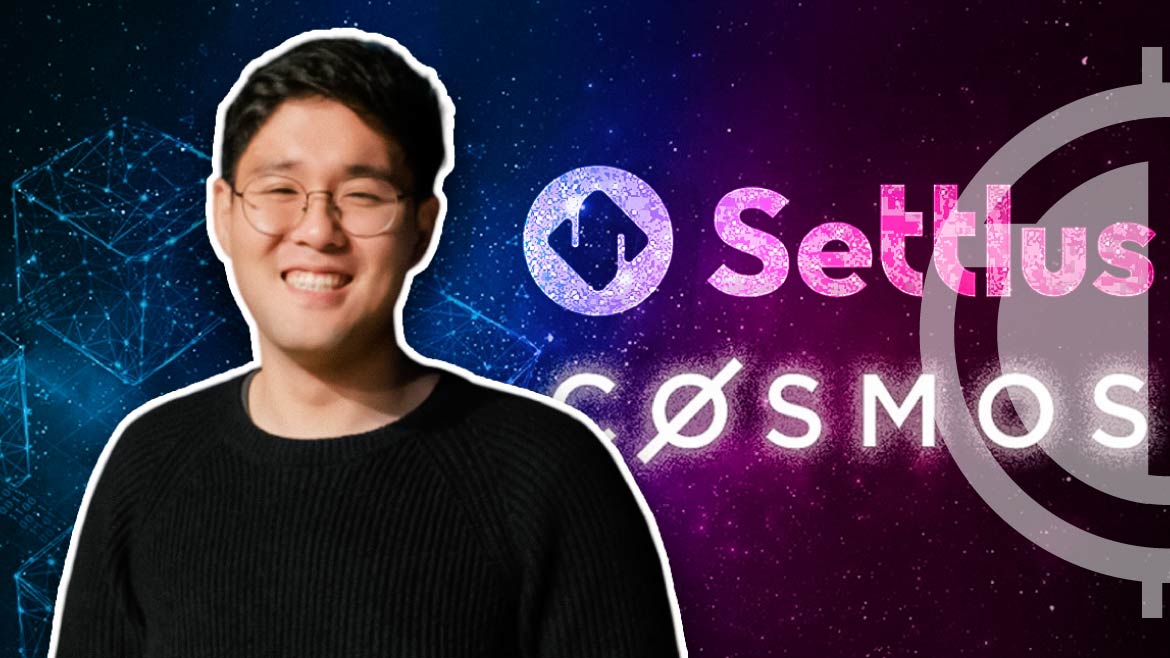- Josh Lee, founder of Osmosis has announced the launch of Settlus by KRAFTON.
- Settlus aims to serve as a versatile platform for creators to trade intellectual property and monetize their content.
- Settlus plans to use USDC as its primary currency to streamline and standardize financial interactions within its platform.
Josh Lee, the founder of Osmosis, announced that the KRAFTON the team behind PUBG—a game with over 130 million users—is launching Settlus. This new Cosmos-based chain aims to offer creators a transparent settlement system.
the company behind @PUBG (Krafton) announced they're launching a cosmos chain.https://t.co/ItSnDiEhag
— josh lee (@dogemos) September 4, 2023
Settlus envisions itself as more than just a decentralized network—it aims to be the go-to hub for creators keen on trading intellectual property, monetizing their work, and making cross-border settlements a breeze. At the heart of its mission, Settlus aspires to be the tailor-made blockchain solution for Non-Fungible Token’s (NFT) licensing.
Additionally, Wu Blockchain’s tweet revealed that the developers plan to launch the Settlus testnet at the beginning of 2024. Previously, in March 2022, KRAFTON had announced the development of a blockchain game on Solana (SOL) but has yet to release any products.
Josh Lee, founder of Osmosis, said that KRAFTON, the developer of the game PUBG with more than 130 million users, will launch Settlus, a Cosmos-based chain designed to provide creators with a transparent settlement system. The testnet will be launched in early 2024. KRAFTON…
— Wu Blockchain (@WuBlockchain) September 5, 2023
PUBG generated an impressive $2 billion in 2021 from its mobile version and has around 30 million daily active users. The opportunity to integrate this large user base with blockchain technology presents enormous potential.
Bryan Song, the Business and Operations Team Lead at KRAFTON’s Metaverse Project Migaloo, explained their innovative approach, stating:
We’re not just building the Settlus blockchain; we’re also crafting the Migaloo metaverse alongside it. While the conventional view of NFTs is as unique, one-of-a-kind items, we see them as licensable assets.
So when a creator contributes content within our ecosystem, that original digital work automatically morphs into NFTs. These NFTs can then find their way into our Web2 world via Migaloo, letting creators harvest the profits they generate. And all of these earnings are retrievable through blockchain technology.
Settlus plans to integrate USDC, Circle’s stablecoin, as the primary currency for handling creator payments on its platform. This move is designed to simplify financial transactions and create a more cohesive ecosystem across the service.












